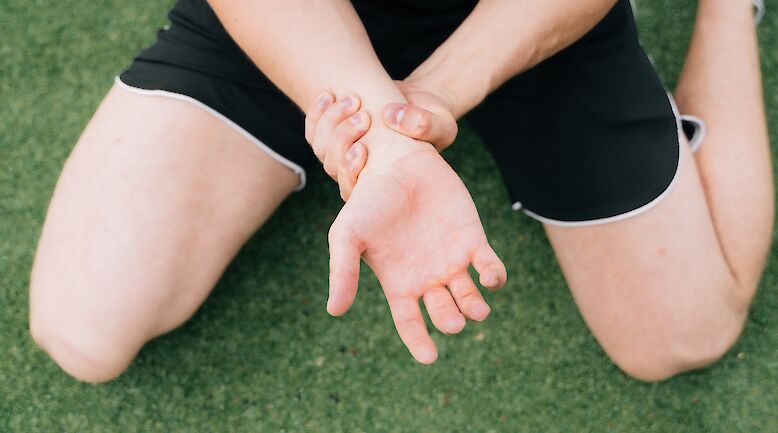English summary: Improvement of glycaemic control in children with type 1 diabetes is rare. The most important anticipating factor appears to be a change in the patient’s attitude.

Background
Optimal glycaemic control of type 1 diabetes has a positive impact on the patient’s health and quality of life, and prevents the development of diabetic complications. The majority of paediatric patients in Finland are not in good glycaemic control, and it is largely unclear why some patients are in better control than others. We studied the frequency of significant and long lasting improvements in glycaemic control in children and adolescents with type 1 diabetes, and the factors associated with the improvement.
Methods
The study was conducted at the paediatric clinic of Tampere University Hospital. The retrospective case-control study was based on data from patient records and the electronic diabetes register over the period 2005-2012. The cases were those under 16 years of age who had had diabetes for at least 2 years, and had shown significant improvement in their glycaemic control (a change of at least 1 percentage point in average glycohaemoglobin values) for an extended period of time (at least 1 year). The controls were chosen from those who had not improved their glycaemic control, and were matched with the cases with regard to gender, age (± 0.2 years), and duration of the disease (± 0.5 years). A control subgroup was formed of the controls with worse glycaemic control. Comparisons between cases, controls and the control subgroup were carried out using conditional logistic regression analysis.
Results
Significant improvement in glycaemic control was observed in 10.4% of patients (47/454), with an improvement of 10.7% in girls (23/214) and 10.0% in boys (24/240). Improvement in glycaemic control occurred at the average age of 12.1 years. The median HbA1c before improvement was 9.6% (81 mmol/mol). A change in attitude toward the disease preceding improvement of glycaemic control was significantly more common in the cases than in the controls or the subgroup of controls during the corresponding period of time. Cases also differed from controls, but not from the subgroup of controls, in the amount of diabetes education they received, and their number of diabetes-related hospital admissions and extra visits to the diabetes nurse. No difference between the cases and controls was seen in changes in insulin regimen or dosage, condition of injection sites, changes in life situation or hobbies, continuous glucose monitoring, visits to a dietician, psychologist or child psychiatrist, or participation in diabetes courses and camps.
Conclusions
This study showed that in children with diabetes, the attitude towards the disease is an important factor affecting glycaemic control. Those with worse glycaemic control also had more interventions, but these interventions did not seem to have a significant positive impact on disease control.













